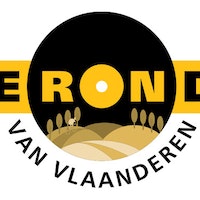The 102nd Tour of Flanders promises to be another epic, with 18 cobbled climbs for the peloton to tackle as they bid to win the second Monument of the year.
Vincenzo Nibali kicked off the season by winning Milan-San Remo, and the Classics specialists will be keen not to miss out again this time round – Niki Terpstra (QuickStep Floors) won E3 Harelbeke and Peter Sagan (Bora-hansgrohe) was Gent-Wevelgem to prove their form.
Add defending champion Philippe Gilbert (QuickStep Floors), Strade Bianche winner Tiesj Benoot (Lotto-Soudal) and Olympic champion Greg van Avermaet (BMC Racing) to the mix, to name just three, and you have all the ingredients for a Classic in every sense of the word.
As ever, the route has been back-loaded with climbs – the 267km race features its first cobbled climb – the first ascent of the iconic Oude Kwaremont – after 121km, but from there the bergs of Flanders come thick and fast.

Stripping the peloton to size, and providing the platform for attacks, the Flandrian bergs have hosted plenty of memorable action during the race’s long history. It’s the unique terrain and cobbled roads of Flanders that has made the Ronde one of the highlights of the professional cycling calendar.
Here’s our guide to the climbs of the Tour of Flanders: what they’re like to ride, their history and their strategic importance in the race, including those most likely to be key in deciding who tops the podium come Sunday afternoon.
















Share